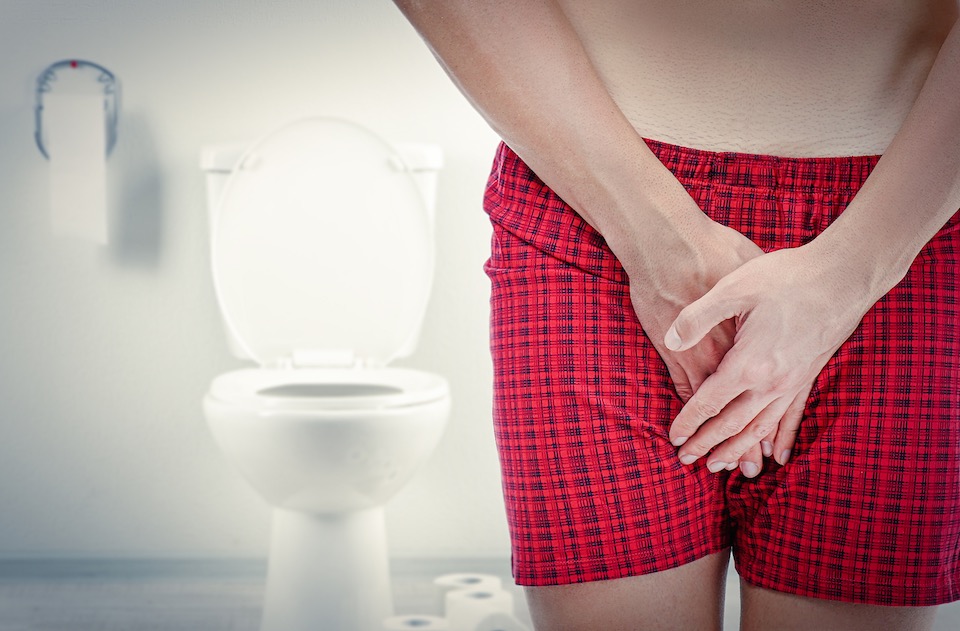Summer holidays often lead to an increase in unprotected sex and STIs. New experiences and copious amounts of alcohol can often lead to unwise choices.

Take proper precautions and always get properly checked when you get back home. To ask for more information on STIs, we spoke to the team at the STI Clinic.
Symptoms of an STI
Pain while urinating
A burning sensation or pain whilst urinating could be a possible sign of an STI. If you notice this, make an appointment to rule out infections such as chlamydia or urethritis.
Penis discharge
Any discharge from the tip of the penis could be a symptom of an STI. Cloudy, white, yellow, or green discharge is a possible sign that something is wrong. If you experience any unusual discharge, visit a doctor to get checked as soon as possible – it could be a symptom of chlamydia, gonorrhea, or urethritis.
Pain in testicles
Pain of any kind is usually an indicator of a problem in the body. Pain in the testicles can be a sign of an STI. You might experience the pain whilst urinating, during sex, or just throughout your daily life. Book an appointment to get checked if you experience pain, as it can be a sign of either gonorrhoea or chlamydia.
No symptoms at all
Alarmingly, many STIs do not show their symptoms for a very long time. It can take weeks, months, or years for any signs of infection to show up – so, just because you don’t have symptoms it doesn’t mean you’re not infected. Take proper precautions and get regular check-ups.
Chlamydia has been termed the “silent epidemic” because of its lack of obvious symptoms. Around 70% of women and 50% of men experience no symptoms at all when they are infected with the disease. HIV is even more elusive – often not showing signs for years, and sometimes not showing signs at all.

Getting tested
Never hesitate to get tested if you think there’s a chance you have an STI. Even if it’s unlikely, it’s best to get tested as soon as possible. Don’t risk waiting for your symptoms to appear.
Most tests can be done in a doctor’s surgery, at a local GUM clinic, and some can be done through the post. Most are done through providing a urine sample or a urethral swab.
Getting treated

Don’t panic if you find out that you have an STI because most can be completely cured or controlled with medical attention.
Gonorrhoea
There are now only a few antibiotics left that still treat gonorrhoea, as it has developed a resistance to the drugs that were first used to treat it. An intra-muscular injection is the most common form of treatment.
The symptoms of gonorrhoea usually take around 2-3 days to disappear after treatment. Make sure you are tested again 2 weeks after treatment and avoid having sex for at least a week afterwards.
Chlamydia
Chlamydia is treated with a course of antibiotics. Both you and your partner should take the antibiotics at the same time, and refrain from intercourse throughout your treatment (even with a condom).
Someone who has been infected multiple times is much more likely to suffer from long-term complications. If you contract chlamydia, be extra careful not to get it again.

If you are in any doubt, it’s best to get tested. It’s never been easier to get tested for STIs, and the sooner an STI is caught, the easier it is to control and treat.
Advice given by Dr Elizabeth Kershaw-Yates, GP and one of the medical team at The STI Clinic: https://www.thesticlinic.com/



